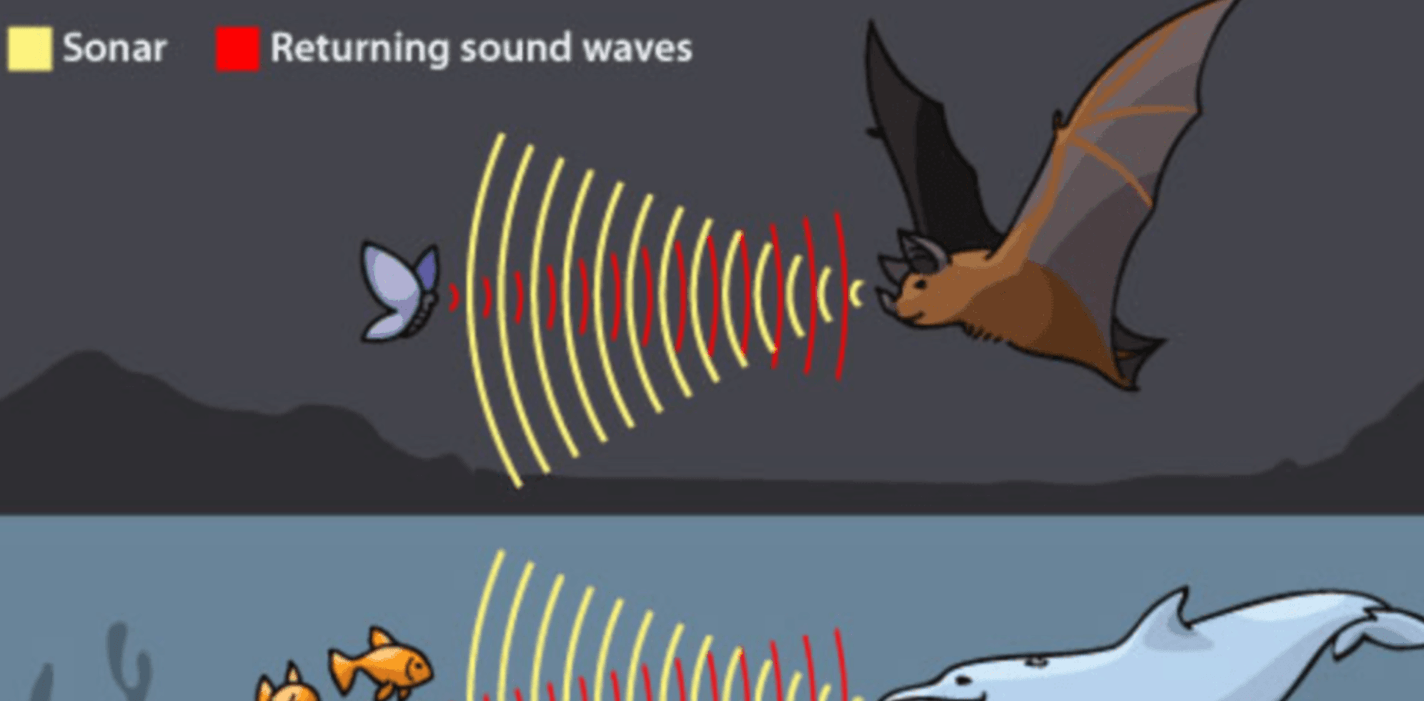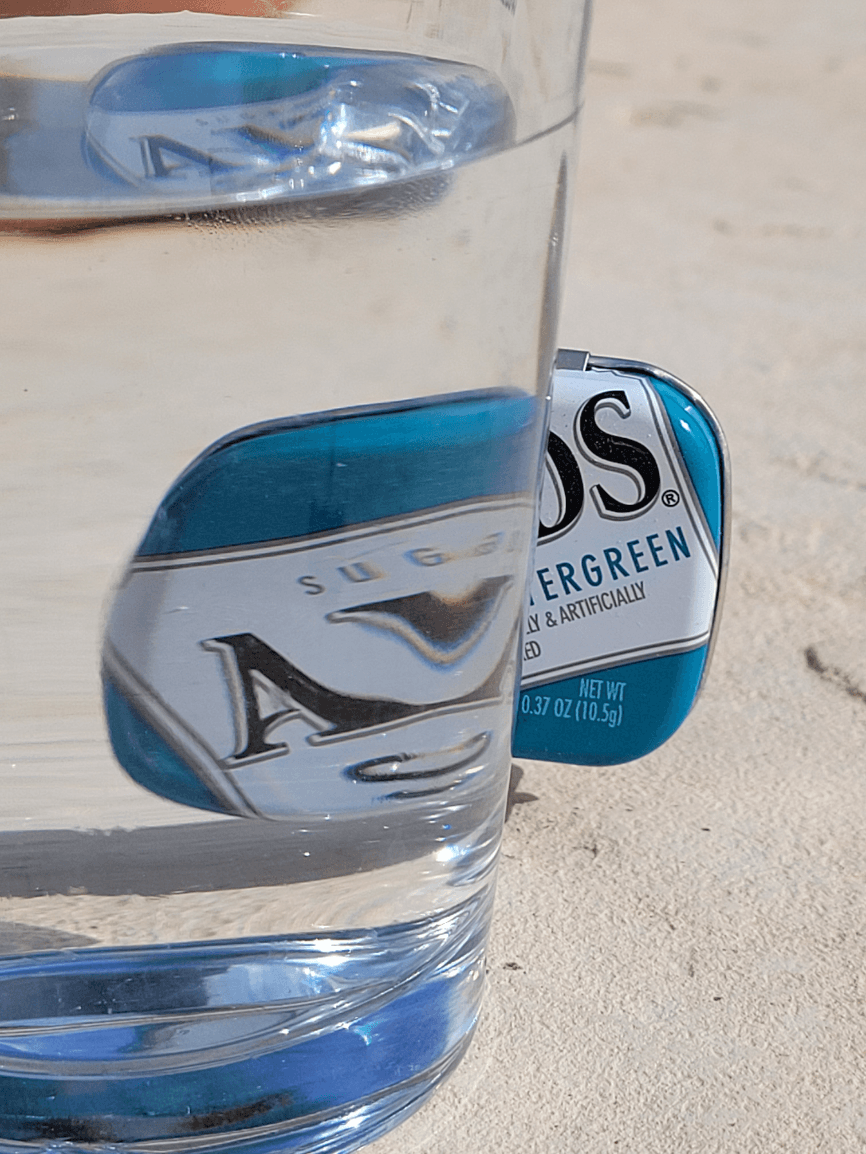Wave property that describes the height of a wave.
Amplitude
This HMB is what helps your heart pump blood and circulate oxygen around your body.
CIRCULATORY SYSTEM
Photosynthesis is the process in which plants take energy from the _________ to convert it into food.
SUN
Thin flexible cell barrier that controls what enters and leaves the cell.
Cell Membrane
Which energy model shows one pathway that energy can take through an ecosystem?
Food Chain
This type of wave travels perpendicular (up and down, or at a 90 degree angle) to the direction of the wave.
TRANSVERSE
This HBS includes bones, joints, and connective tissue.
SKELETAL SYSTEM
Cellular respiration is the process that releases ____________ from glucose in all living things.
ENERGY
Cell organelle that contains the an organisms genetic information.
Nucleus
Which energy role is responsible for bringing solar energy into the food web?
Producers
These types of waves travel from side to side. *hint: starts with an "L"
LONGITUDINAL
This HBS takes in oxygen and releases carbon dioxide.
RESPIRATORY SYSTEM
In which organelle does photosynthesis take place?
CHLOROPLAST
Cell organelle that stores water and nutrients.
Vacuole
The energy model that shows the amount of energy available at each trophic level.
Energy Pyramid
This describes how OFTEN a wave occurs.
FREQUENCY
This body system controls how you respond to stimuli.
NERVOUS SYSTEM
In which organelle does cellular respiration take place?
MITOCHONDRIA
Cell type that contains chloroplasts.
Plant Cell
The consumer type that eats plant and animals.
Omnivores
Which wave interaction is this?
Refraction.
This word describes the body's ability to maintain balance inside the body, despite what's happening outside the body.
HOMEOSTASIS
The name of the energy produced during cellular respiration.
ATP
Smallest cell type.
Bacteria
33,500 kcal of energy enters the first level of the food chain, how much energy is available at the third trophic level?
335 kcal of energy.